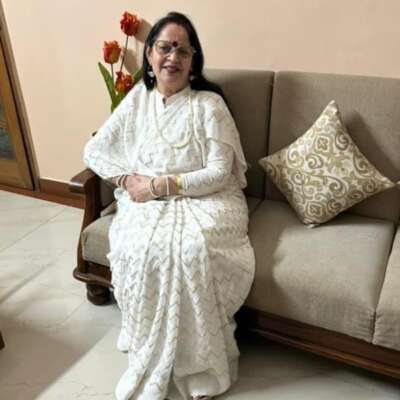King of the 90s – Television

King of the 90s – Television
In the ocean of generations, trends are like waves that rise and fall according to the whims of nature. Just as mobile phones are an addiction for Generation Z, television was a major trend in the previous decade. It was a medium for growing businesses and, of course, for building relationships. It was somewhat different from today’s scenario. While mobile phones mostly affect young minds, television went one step further: it interacted with all age groups. Addictions are known for their disadvantages, and television was responsible for affecting eyesight.
On the veranda, many people gathered to watch a common show, often a romantic movie featuring Govinda. The sound of clapping could be heard from a considerable distance, a sign of victory. For several days, it remained a topic of discussion among the women and children. The owner had to provide snacks to the audience without charging a fee for the show or other items. Meanwhile, some women were busy weaving sweaters for the upcoming winter, discussing the names of actors and actresses. This strengthened their bonds. Sometimes, it also caused disappointment between two people. Favorite shows varied, and having two outstanding shows coming on simultaneously was a common reason for disappointments. Men and women could fight over the daily soaps and the cricket match. The period of cricket matches was the hardest time for women. The actual owners of televisions were winning the match at home while the players were winning on the field. Electric operators were the enemies of the audiences. It was supposed that they knew exactly when to cut off the supply, always at a critical moment in movies. To children, operators were the strict parents and the reason for success in exams. Those who experienced the pain could understand the pain. Television owners considered themselves superior, and showing superiority can also be an addiction.
Youth took inspiration from the actors and actresses and kept their pictures on the walls of their rooms or within the pages of books. Over time, the pages of those books decayed, and the pictures fell off the walls. The heights of the tides receded. Soon, televisions became a staple in every home, a necessary item. Now, people no longer sat together like in a conference. There were no personal disappointments between two people from different families, but rather within the family, over the remote. There were no common snacks and no common shows. Shows became personalized, and demands were based on individual needs. Now, television had fewer audiences at a time, decreasing from 50 to 5 or 6, matching the number of family members. Still, it strengthened the bond between the members.
Televisions became ornaments for small businesses like barbershops, not to entertain people but to engage them for long hours in a waiting queue. As the decade neared its end, mobile phones began their own new generations. It was amazing to connect with our dear ones who were living very far. People love their dear ones more than anything. Now they have so many things to share instead of just important points. Boys living far from their families used mobiles, which were the only medium to connect them. Mobile phones started to offer more advanced features than televisions. There was no longer a need to wait for a particular show. Entertainment was shifting from television to mobile. Now, mobile phones have only one audience, the king of the new era, starting to dominate others. People understood the needs and the height of the tides. They also moved their roots toward the tides. Some reached great heights; others did not. Television with 50 audiences is now just a memory.
Bindesh Kumar Jha






















